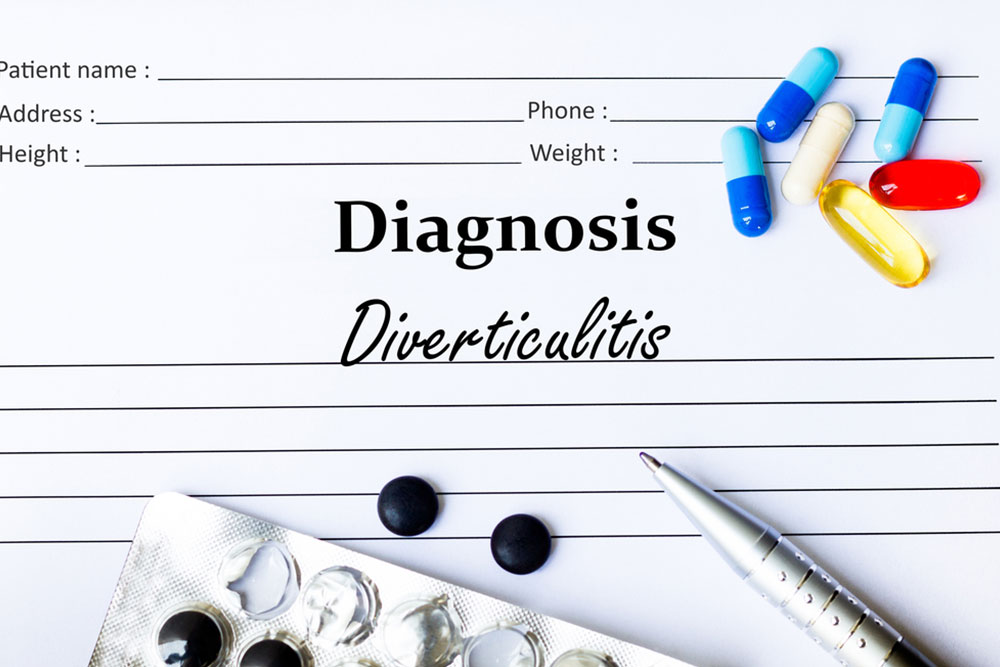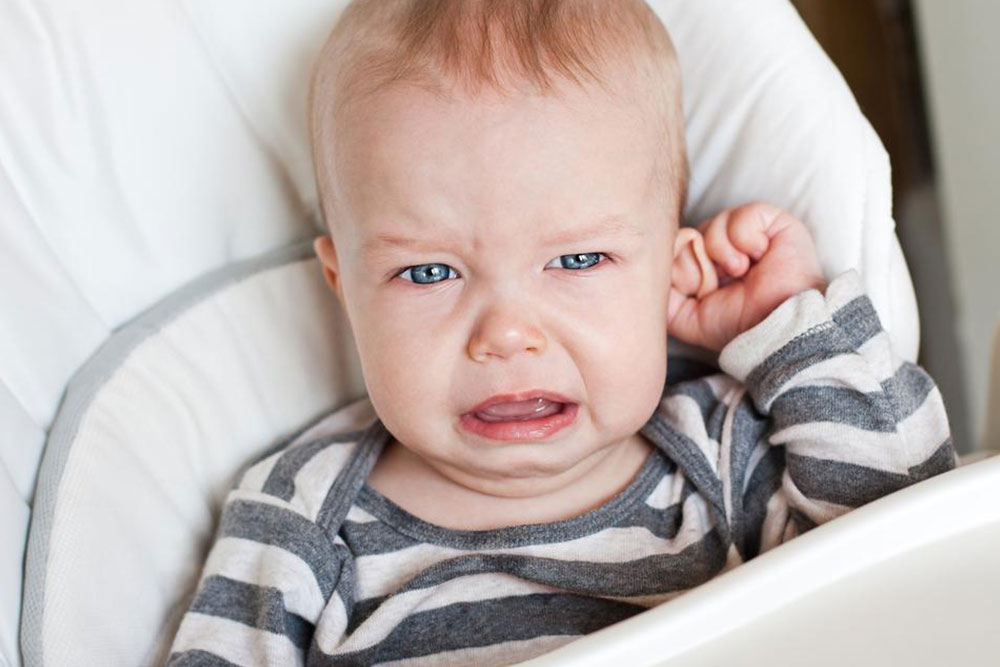Essential Insights into Diverticulitis: Causes, Symptoms, and Treatment
Diverticulitis is a serious condition involving infected pouches in the colon, often affecting Western populations. Early recognition of symptoms such as abdominal pain, fever, and bowel changes is vital. Causes include low fiber diets, genetics, sedentary lifestyles, and vitamin D deficiency. Severe complications can be life-threatening but are manageable with prompt treatment and lifestyle adjustments. Preventive strategies emphasize a high-fiber diet, physical activity, and regular medical check-ups. Understanding the causes, symptoms, and treatment options for diverticulitis can help in effective management and reduce risks.

Essential Insights into Diverticulitis: Causes, Symptoms, and Treatment
Diverticulitis, now prevalent mainly in Western nations, is an advanced form of diverticular disease. It involves inflammation and infection of small pouches called diverticula that develop in the colon wall. Without proper management, diverticulitis can lead to severe health issues. Recognizing symptoms such as lower abdominal pain, fever, nausea, and changes in bowel habits is crucial. Several factors contribute to its development, including low fiber intake, genetics, sedentary lifestyle, vitamin D deficiency, and gender differences. Complications like perforation, abscesses, fistulas, and bowel obstruction can be life-threatening. Early diagnosis and adherence to treatment protocols—including rest, diet adjustments, and surgery for severe cases—are vital. Preventive measures through lifestyle modifications can reduce the risk of developing diverticulitis.










